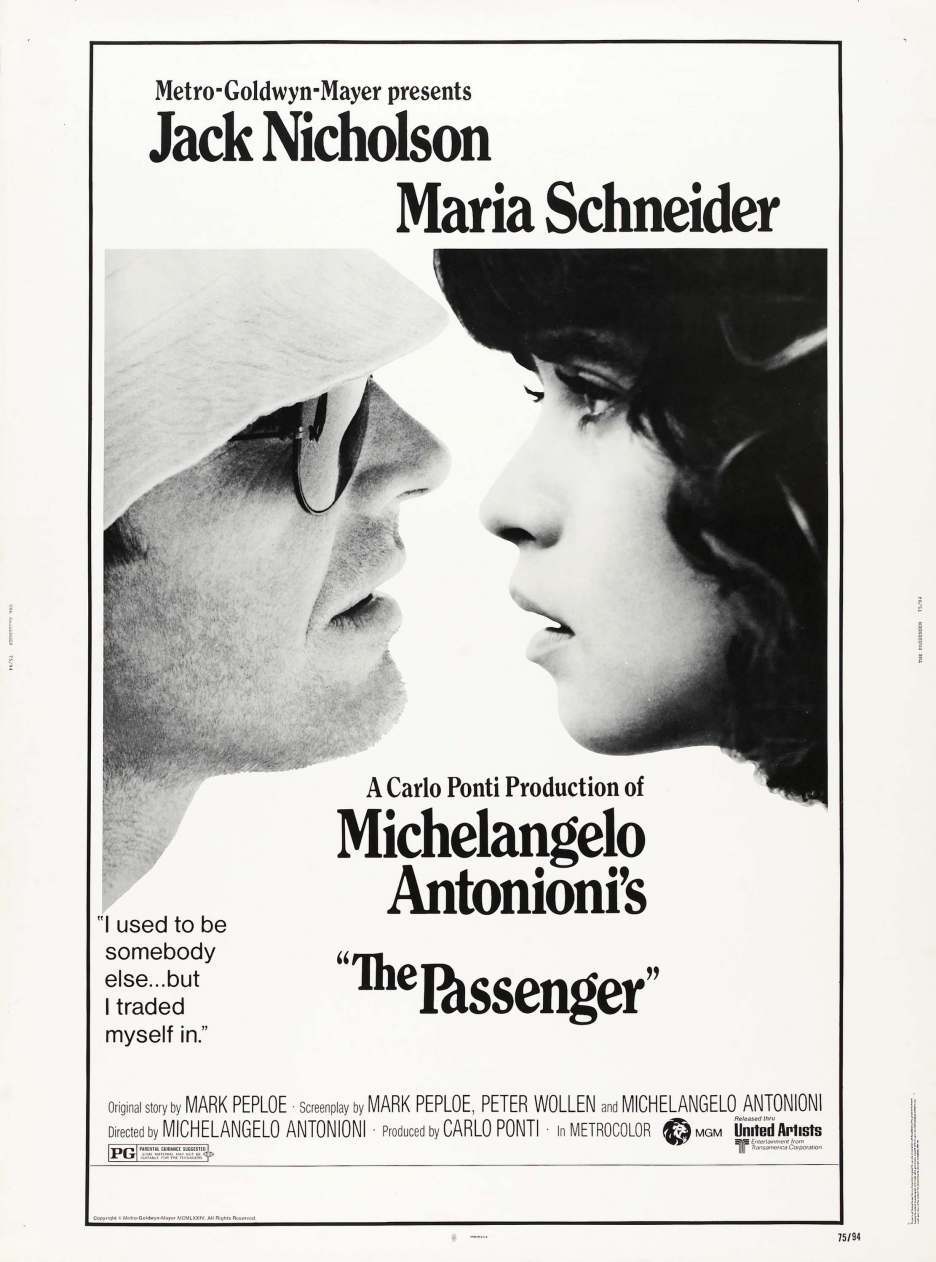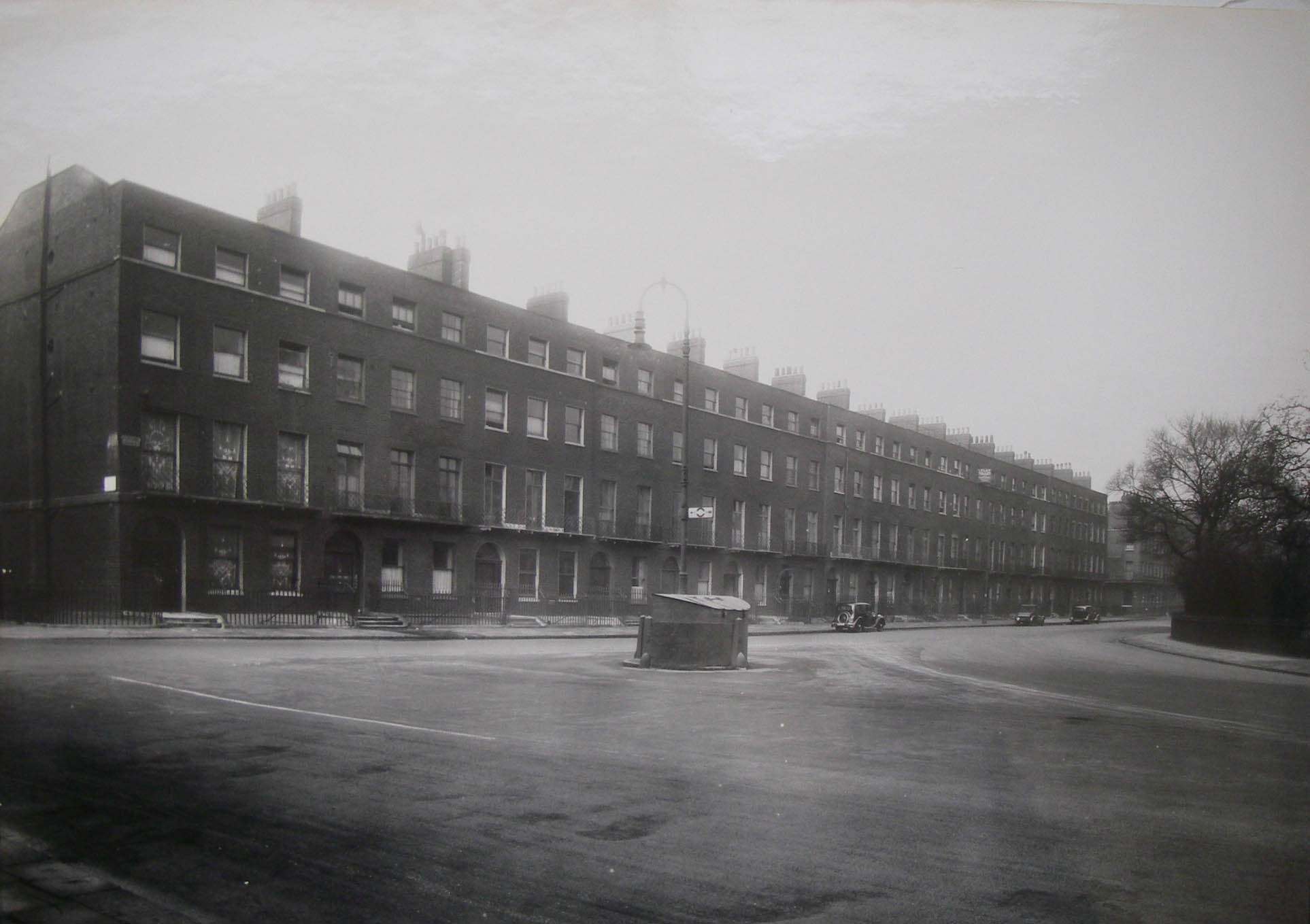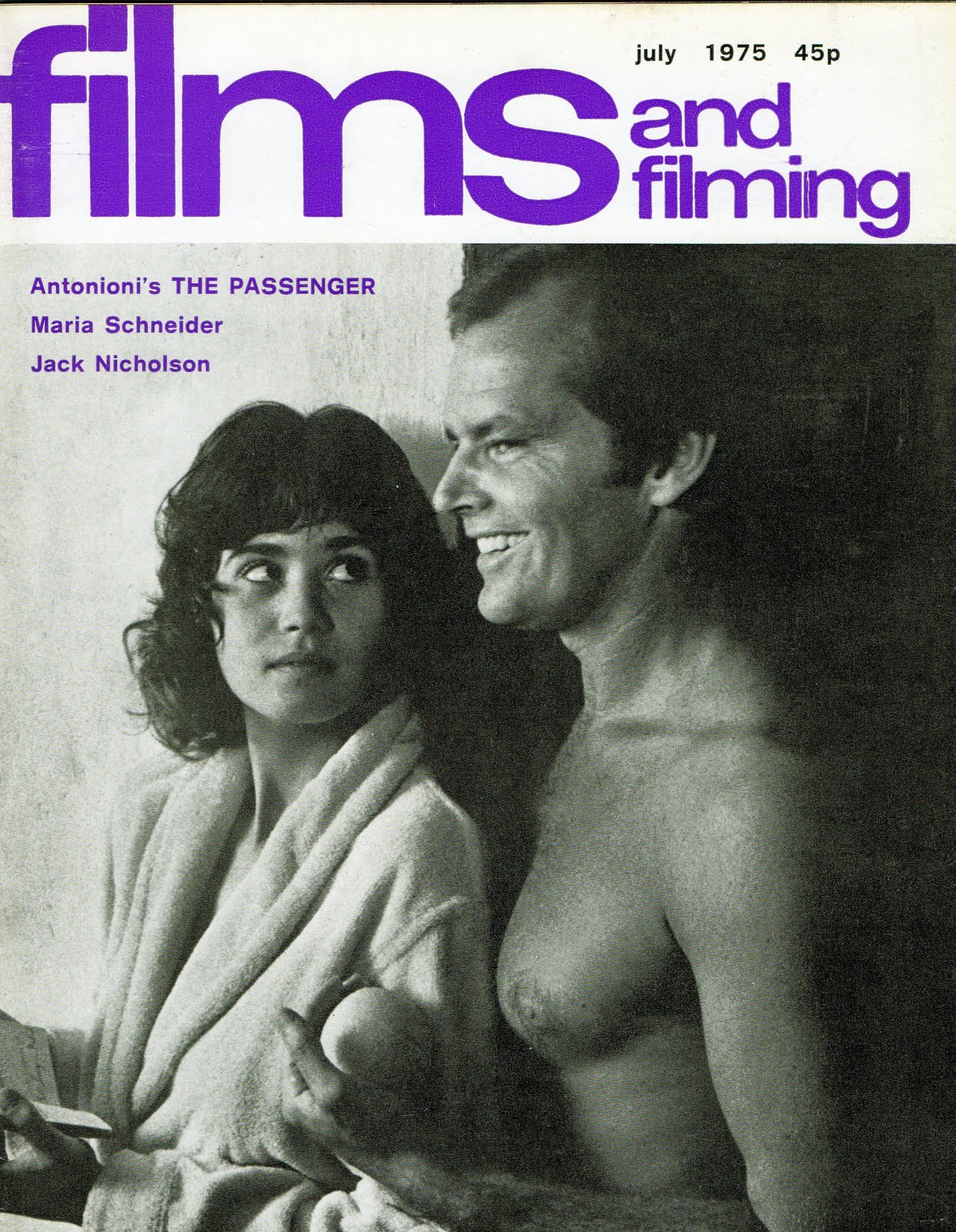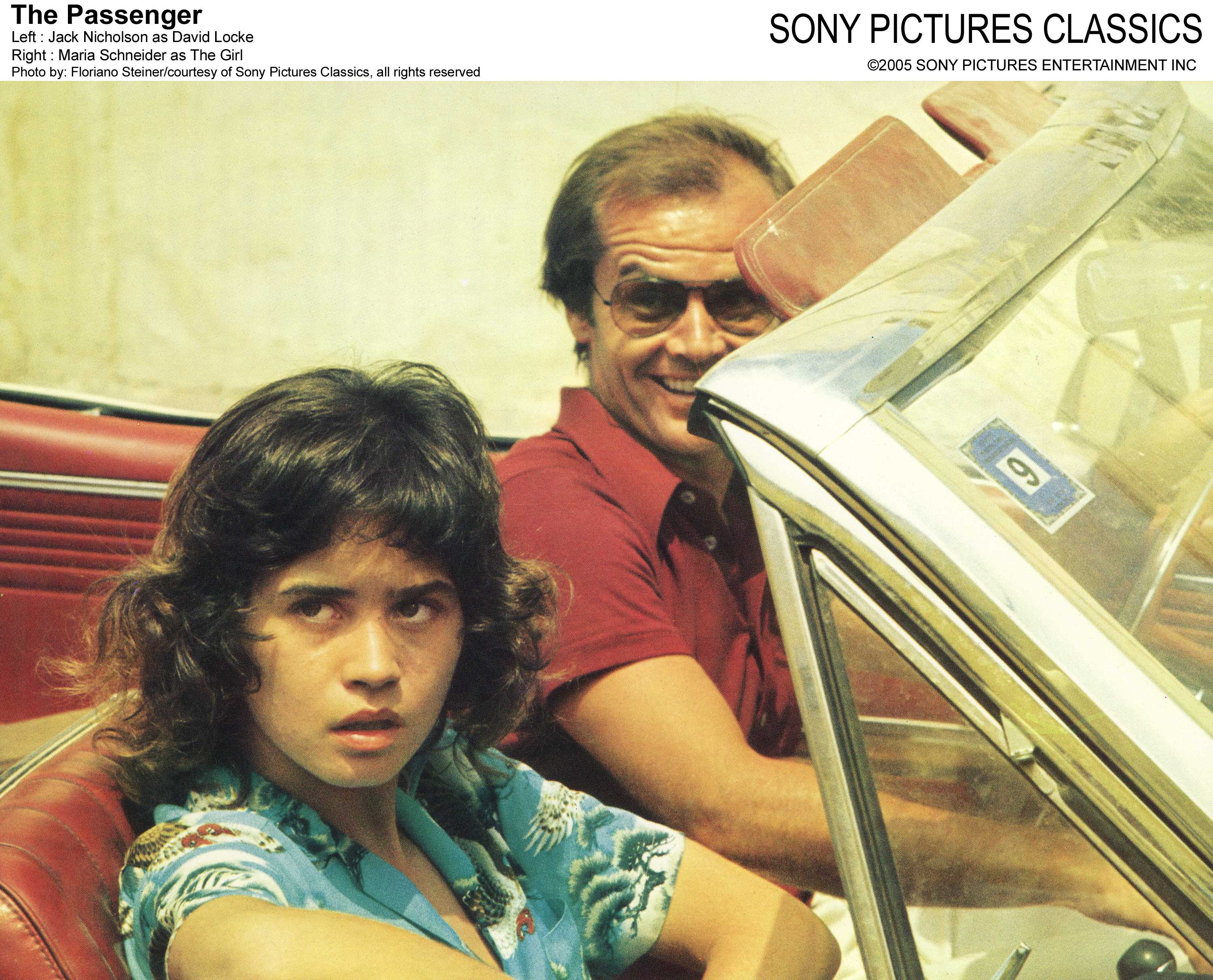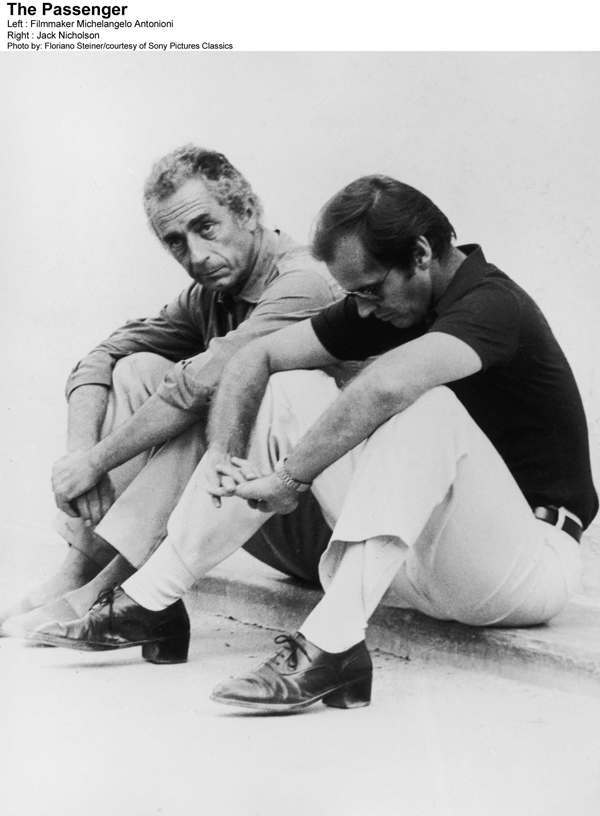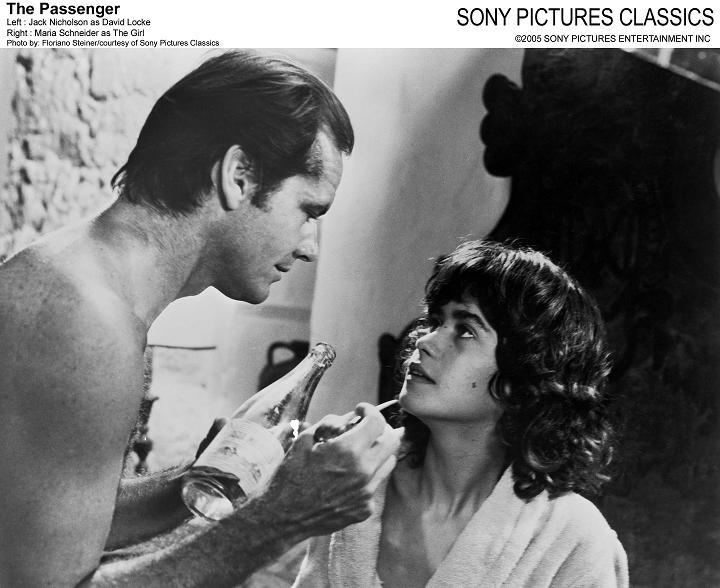In the clip above, from around 29 minutes into Antonioni’s 1975 film The Passenger, Jack Nicholson is seen strolling along a concourse before jauntily tripping down a wide staircase of a new concrete building. The short scene was filmed at the recently completed Brunswick Centre in Bloomsbury in London. The staircase has now gone, demolished by Camden Council not long after the film was completed. The word ‘Centre’ in the name has also gone and the building, for a reason only known to some over-paid image consultants trying to make their jobs relevant, is now known as just ‘The Brunswick’.
During the film Nicholson’s character relates a parable about a blind acquaintance of his who after having his sight restored wondered why no one had told him about all the dirt and ugliness in the world. Preferring the permanent darkness the man eventually takes his own life. Had the former blind man listened to the architect and the Observer’s architect correspondent Stephen Gardiner describing the Brunswick Centre in 1971 the world’s shabbiness wouldn’t have been such a great surprise. Gardiner wrote of the Bloomsbury building’s interior as: “the nearest thing to a prison atmosphere in the free world… Inside, in particular, there is this grim, puritanical and seemingly endless perspective view through a cobweb of cencrete colonnades.”
The architect Patrick Hodgkinson started drawing plans for the Brunswick Centre as far back as 1959. The concrete structure was designed to replace much of the Foundling Estate – a residential area established in the 18th century to provide rent that provided income for the nearby Foundling Hospital (demolished in 1926). He worked on studies initially made by Leslie Martin who in the 1953 had become the Chief Architect of the London County Council and was responsible for the Royal Festival Hall but also the infamous Loughborough Estate in Brixton.
A planning officer for London County Council, and later Camden, called Bruno Schlaffenberg was also influential. He believed that people should be able to live in close proximity of their employment and disapproved of social segregation. Although the estate was lauded by many, Schlaffenberg famously hated solely residential communities such as Hampstead Garden Suburb built in 1906 without shops or nearby places of work.
By 1962 the LCC still had to grant the ten acre area (which still consisted of about 250 properties including 60 small hotels and boarding houses) planning permission citing that too many offices were included in the plans but also the proposed density of housing. In 1965 Hodgkinson’s initial scheme of private housing, shops, car parking and offices was only saved when Camden council signed a 99-year lease on the housing. Construction started two years later in 1967 and not completed until 1972. Due to a change in legislation, the buyer of the Foundling Estate portfolio hadn’t reckoned on paying compensation to the tenants of the run-down Georgian houses that were to be demolished on the site and at some point the ownership of the scheme was transferred to the property developer Robert McAlpine. The range of flats was reduced from 16 types to three and the flats became smaller as the brick cross wall module reduced from 18 to 13 feet.
Why Jack Nicholson was strolling through Bloomsbury isn’t really explained in The Passenger except that the concrete Brunswick Centre gave Antonioni another of his typical brutalist backgrounds that he liked to include in his films. The Economist building designed by by Alison and Peter Smithson, for instance, was featured in the opening scene of his movie Blow Up.

The Passenger, or as it was originally to be called ‘Profession: Reporter’ was delayed for a year before its release.
Patrick Hodgkinson always intended the Brunswick Centre to be painted ‘Crown Commissioners’ Cream’ in hommage to the Georgian terraces that the building replaced but Camden Council never quite got round to this and the building soon turned shabby and grey. To many the Brunswick Centre was nothing more than a central-London example of typical sixties urban planning appearing to have no relevance to its surroundings.
In an interview with Time Out magazine, Hodgkinson said:
Bloomsbury was miserable in the ’60s – the Georgian buildings were all in an awful state. We weren’t allowed to build higher than 80 feet, but we still achieved the maximum density allowed. It was originally going to extend to Tavistock Place, but they ran out of money. I became known as a Brutalist, but I wasn’t at all. It had been intended for quality retailers but as soon as people heard it was going to be council housing they ran away. Camden [Council] took it over. When I was forced to resign in the early ’70s and it stopped being built, I was very disappointed.
In 1998 architects Levitt Bernstein were appointed to work on a major facelift and brought in Hodgkinson to work with them to create something like the ‘superblock with shops’ he had originally envisaged in the 1950s. Waitrose has replaced Safeway and two bedroom apartments, no longer flats, are selling for six or seven hundred thousand pounds these days.
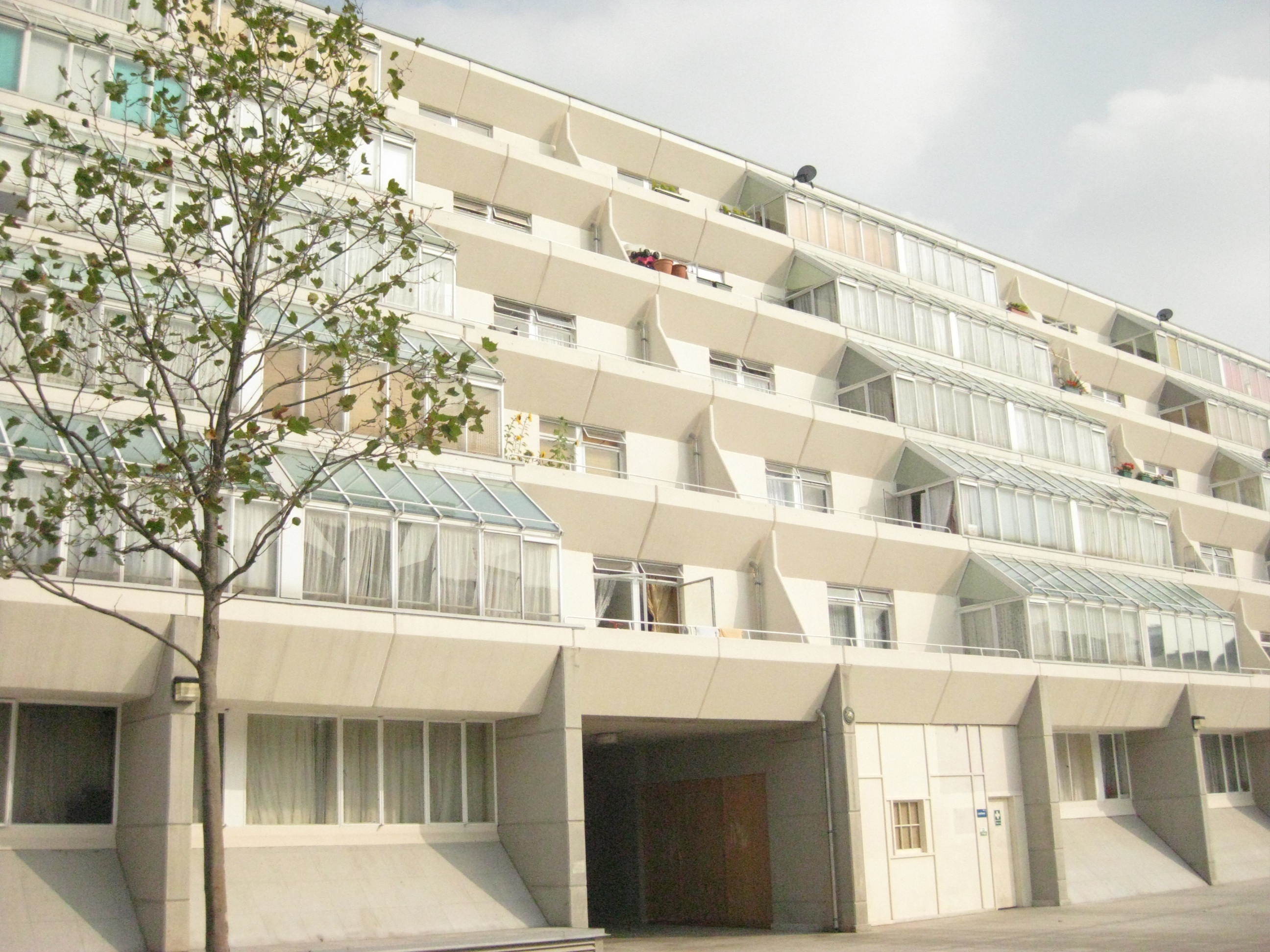
Brunswick Centre in 2009 with the cream paint originally envisaged by Hodgkinson. Picture © Matt used under Creative Commons
The late Reyner Banham in his 1976 book Megastructure, Urban futures of the Recent Past described the Brunswick Centre as “the most pondered, most learned, most acclaimed, most monumental, most bedevilled in its building history of all English megastructures — and seemingly the best liked by its inhabitants”
‘Bloomsbury was miserable in the ’60s – the Georgian buildings were all in an awful state. We weren’t allowed to build higher than 80 feet, but we still achieved the maximum density allowed. It was originally going to extend to Tavistock Place, but they ran out of money. I became known as a Brutalist, but I wasn’t at all.
‘It had been intended for quality retailers but as soon as people heard it was going to be council housing they ran away. Camden [Council] took it over. When I was forced to resign in the early ’70s and it stopped being built, I was very disappointed.’
The late Reyner Banham in his 1976 book Megastructure, Urban futures of the Recent Past described the Brunswick Centre as:
The most pondered, most learned, most acclaimed, most monumental, most bedevilled in its building history of all English megastructures — and seemingly the best liked by its inhabitants.
Stephen Gardiner, continuing with his displeasure with the Brunswick Centre (he certainly wasn’t alone) in his Observer article dated December 1971, spoke about the building having ‘a curious air of placelessness’. Which is, maybe not coincidentally, how Antonioni’s films are often described. In The Passenger when Maria Schneider joins Nicholson’s character on his travels she finds he has no particular place to go, and asks, “What are you running away from?” Nicholson answers by asking her to turn around in the car. She does and when she sees the road stretching out behind them, she just laughs.
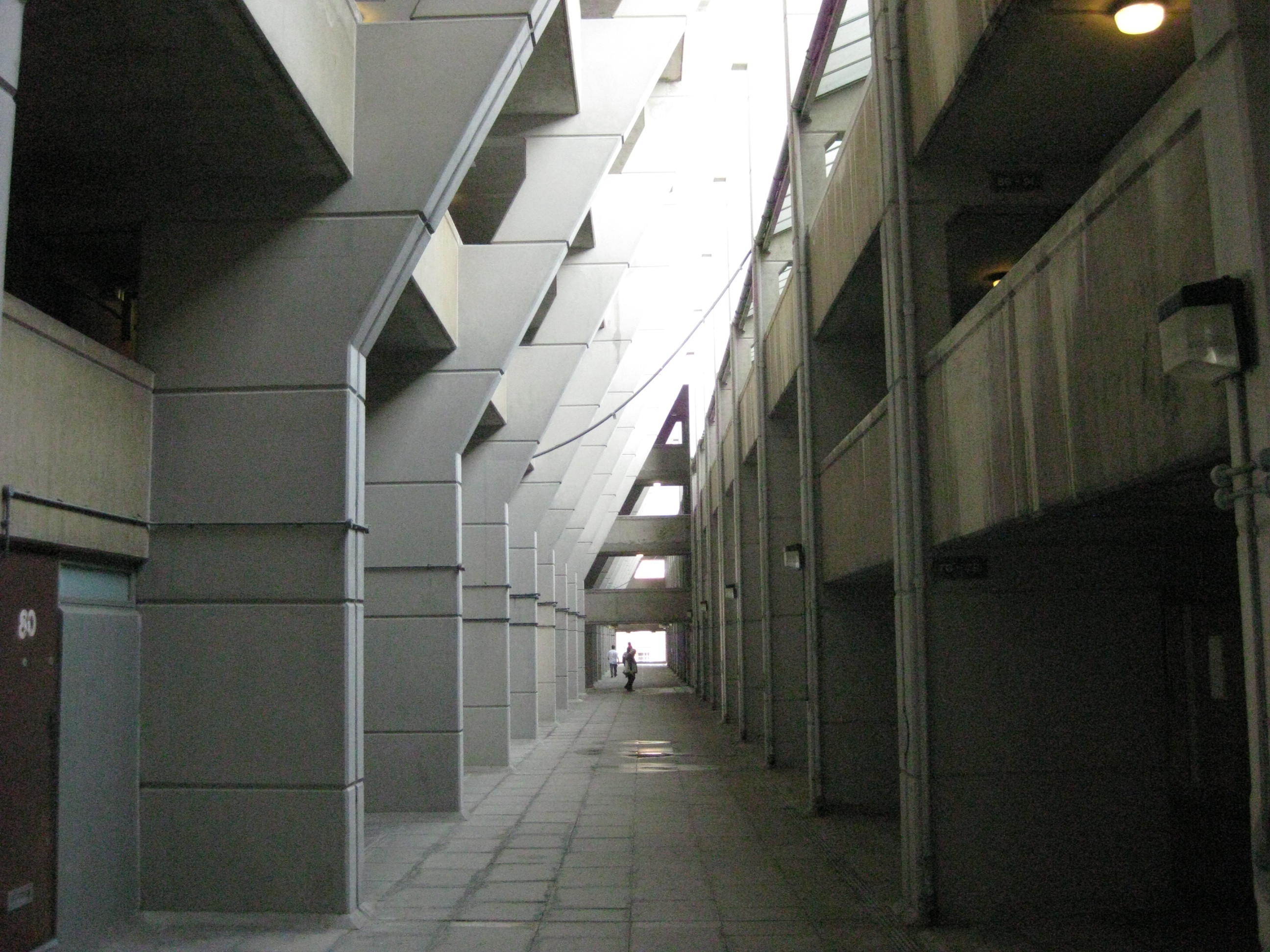
The interior of the Brunswick Centre, 2009. Picture © Matt used under Creative Commons
Would you like to support Flashbak?
Please consider making a donation to our site. We don't want to rely on ads to bring you the best of visual culture. You can also support us by signing up to our Mailing List. And you can also follow us on Facebook, Instagram and Twitter. For great art and culture delivered to your door, visit our shop.
